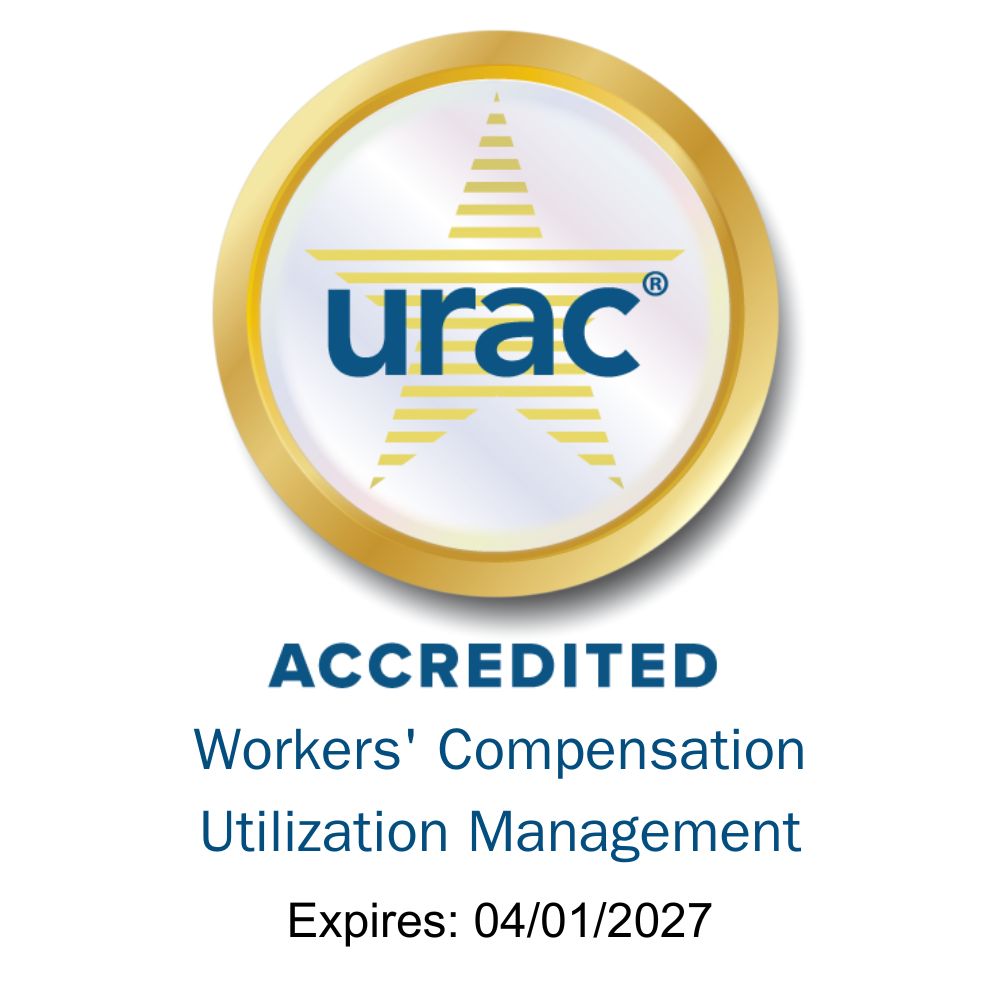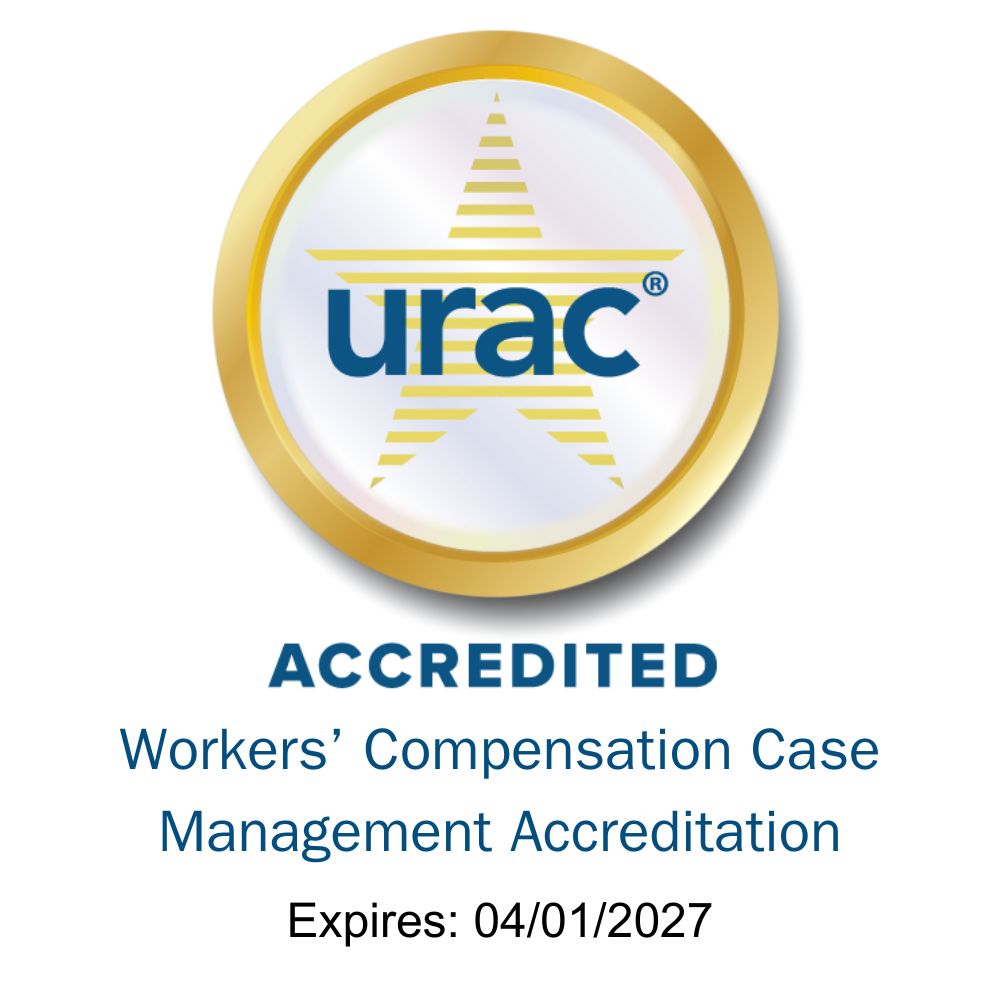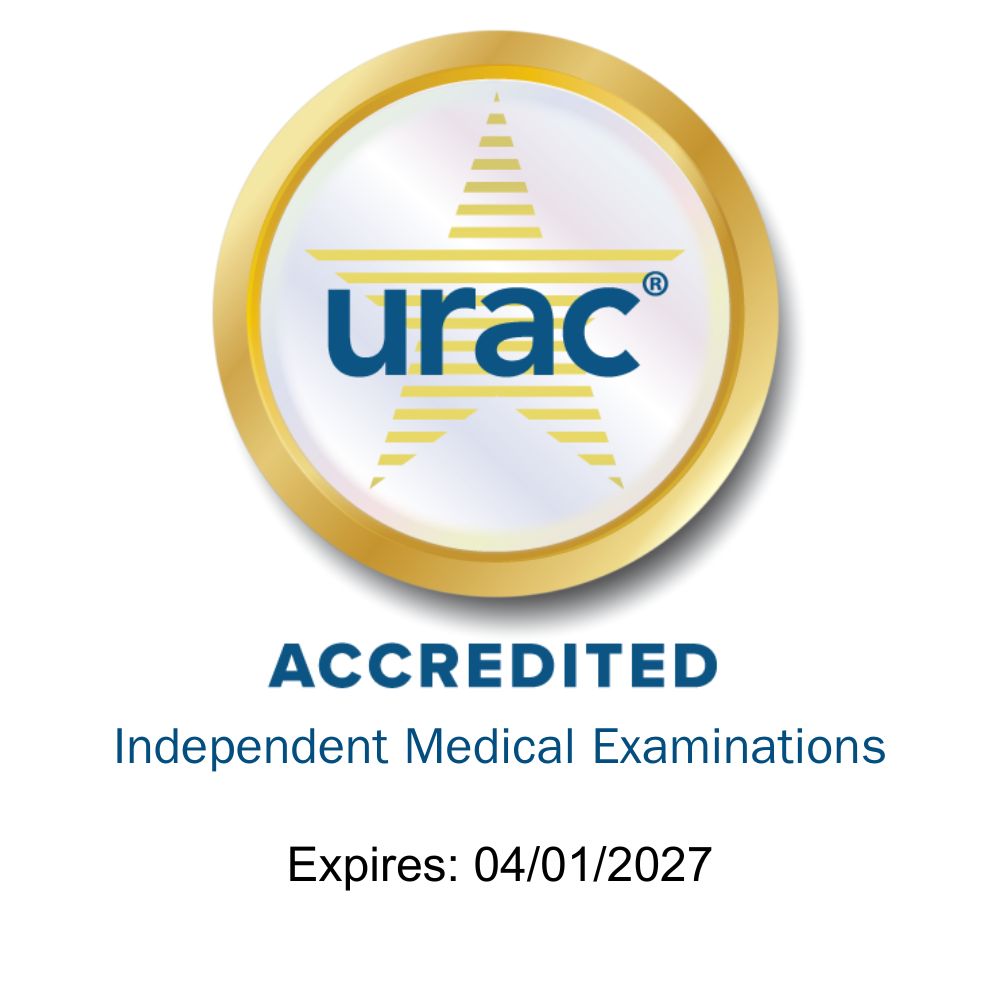There’s a heightened awareness in our industry on how psychosocial factors impact an injured employee’s recovery. But what’s the best way to approach and address these issues? In the fourth and final installment of our mental health in comp podcast series, we ask Nikki Wilson and Tammy Bradly to share some best practices.
Tom Kerr (TK): So, let’s start with the first question. Tammy, how do we best support injured employees who have mental health issues impacting their recovery?
Tammy Bradly (TB): Yes, treatment for mental health conditions such as stress, anxiety, depression is typically addressed with psychotherapy medication or a combination of both. The most common therapy utilized is CBT or cognitive behavioral therapy or sometimes people call it “talk therapy.” There’s no tried-and-true approach. Sometimes one works for one person and doesn’t work for another. sometimes it’s a combination of both psychotherapy as well as medication.
Just like with a physical injury, treatment guidelines do exist for mental health diagnoses as well. And I know there’s a lot of concern oftentimes in the industry that once they accept a mental health diagnosis, that the treatment will be ongoing and there’s never an ending. And I do encourage people to use the guidelines to help them manage these tight cases, setting reserves, identifying the most appropriate treatment modalities, and establishing clear goals for return to work. Because if you look at the guideline for depression, an average duration is around 68 days; best practice, 23 days; max, 88 days. For treatment, the guidelines tell you typically somewhere between 13 to 20 individual sessions. And, if it’s a major depressive disorder, it could be more, perhaps up to even 50.
And the guidelines even give you ideas around your claim costs from both the medical and indemnity perspective. So, from a clinical perspective, when you’re dealing with a mental health diagnosis, it’s critical to have and understand the guidelines and use them in your case planning and for claims handlers to use in them in their reserve setting. And really help guide that conversation of realistic expectations with not only that injured employee but with the treating provider for the condition as well.
And that brings me to my next point — having access to good mental health providers in your work comp network is really critical. You want to be able to access a behavioral health specialty network and find those providers quickly. You want to make sure within that whole behavioral health, mental health realm, that you’ve identified and have access to all the specialties —psychiatry, psychology, a counselor, therapist.
And you want to make sure that they’re properly credentialed and have experience in the type of conditions you’re treating. For instance, PTSD is a great example. You wouldn’t want to refer someone just to any psychologist or psychiatrist for treatment of PTSD. You want to look for someone who has experience in that particular specialty and has been working with those patients and has achieved some positive outcomes.
I encourage people when you are seeking and looking for mental health treatment, treating providers, that you really do a good job screening them. You consider asking them some additional questions. Not only what experience they have treating someone with this issue, but you want to know if they ever treated someone with this diagnosis who was covered under workers’ compensation, because it’s a little different than the health care world.
And so, find someone that has that experience, that understands it’s not just about treatment but it’s also about addressing return-to-work issues and working with a team of people to facilitate that recovery and return to work. You really want to do a proper job screening these providers before you make a referral over to them.
TK: And Nikki, what about pharmaceuticals? Are they becoming a greater part of the treatment plan when it comes to addressing psychosocial factors in comp cases?
Nikki Wilson: So today, I can tell you that any psychotropic medication is still really a relatively small portion of most workers’ comp books of business as far as utilization goes, but they are useful tools for treating specific conditions that can get that ill or injured worker on the path to return to work and return to function.
And, as we’ve been discussing, it’s something that sometimes needs to be vetted out. And the earlier we can get in front of any of those mental health issues, whether it be through psychotherapy or through medication and psychotherapy, the better the outcomes are.
We know statistically in the general population, without even a major life event, up to one in five adults experience mental illness each year. So, it’s something that we have to be looking for to understand that that prevalence is often interwoven into other diagnoses like pain. There’s a cyclical relationship between an injury and the pain that a patient might experience as well as some of those psychologic factors that can come into play.
So, things like, “My pain is leading me not to be active which is making me very depressed. I’ve been out of work. My depression makes me not sleep at night, so does the pain, and so I don’t get good sleep which leads to worse pain which leads to worse depression.” It can be really difficult to vet out and separate those. And there’s definitely no measure for those types of diagnoses. Much like pain, it’s a subjective measure. So, we really have to look to see what we can best apply to help that ill or injured worker kind of get back on their feet.
But certainly, a concern that I’m very aware of in our industry is over coverage for psych if an antidepressant or an antianxiety medication is prescribed. There’s definitely a stigma out there. And I know that adjusters and payers are often hesitant to cover some of those meds because they can be tricky as well. They may not work the first time. There has to be titration over many weeks. It’s difficult to measure the outcomes. We can’t make a lab test show us that that person has resolving mental health issues being addressed by their medications.
So, it can be very, very tricky. And I think something I would say, as far as recommendations, is that because of this interconnectedness of an injury and often a mental health issue and that biopsychosocial approach to helping that ill patient, we know that our outcomes can actually be improved if we’re addressing everything that’s on board.
So, if we’re going to look at adding a psych medication as part of a claim, what I would recommend is look to the guidelines and see what evidence‑based recommendations tell us as far as what we can expect for how long this person will need this treatment. Is there a way that we can put guidelines or guardrails around how long we’re going to cover that if it’s connected to an injury or a life event?
Make it clear to find it out. Make sure everybody’s on board. Work with that provider. Focus, again, on the positives, on returning to work and returning to function, not just treating indefinitely by adding a medication. Not treating those conditions could, in fact, delay the claims which we know very well.
So again, it’s looking at that whole patient, figuring out how we can use guidelines to support our overall recovery plan. There’s an educational piece not only with adjusters on how that pharmaceutical can help influence return to work but also the patient themselves.
We can apply drug formularies and do some other things on the front end that could help put up some guardrails. But, in general, one of the big approaches, I think, is talking to an injured worker themselves. And this is a great place where clinician engagement for oversight education and coordination can really benefit a claim.
So, for example, having a case manager take the lead on watching not only you’re educating that patient on what to expect with treatment, educating the adjuster on what to expect with treatment, and then watching for things like compliance with the medication and navigating some of the trickiness that is mental health pharmaceutical management. Those can all really benefit outcomes.
TK: That leads us into our last question here. Tammy, can you talk about the roles case managers play in supporting injured workers with psychosocial issues?
TB: Sure, Tom. And, you know, when you think about it, we all have psychosocial issues, right? It’s not just an injured worker. It’s not just the person next door. We all have day‑to‑day issues that we deal with.
But certainly, case managers play a critical role in really just supporting that injured employee in their overall recovery in return to work, not just by coordinating care in a timely manner, getting them to the right doctor but really offering emotional support and education.
The mere fact of letting them know that their anxiety is normal helping them to have a better understanding of their treatment plan, what their options are, what to expect if they’re going to have the surgery, understanding that a little pain is normal in the recovery process, particularly as they get back to physical‑type activities.
It’s so critical that we keep that injured employee engaged in their recovery so that they feel a true level of ownership and control and are knowledgeable enough to make informed decisions. And we can do this through a number of different ways certainly coaching conversations but also by providing them with access to accredited health care education tools in the form of print or video that will allow the case manager to have an ongoing conversation with them, share information with them at a level that they can understand.
Because oftentimes, what we hear in the doctor’s office goes right over our head. All we hear is surgery. There are no options. We don’t really understand what the surgery entails, what the recovery process is. And that case manager’s really key to that education piece and using tools to assist in that conversation and support the information with that injured worker. Engagement requires an ongoing, two‑way, meaningful conversation. It’s about planning, goal‑setting and follow‑up. It sounds so simple, but it really is the secret sauce that makes things happen.
There are also self‑help apps that are available now for the injured employee population that allows them a more self‑directed approach to support the case management process by giving them activities to perform on a daily basis from their home. And, again, allowing them and the case manager to have follow‑up conversation, track their progress, and really provide that cognitive-behavioral reinforcement that really encourages that injured employee to keep moving forward and focusing on the positive versus the negative.
TK: And that does it for our Mental Health in Comp podcast series. I’d like to thank our experts, Tammy Bradly, Mariellen Blue, and Nikki Wilson, for sharing their wisdom. I hope we’ve all gained a greater understanding of why it’s so important to treat the whole individual following a workplace injury. For much more on this topic and best practice strategies, check out the eBook Strategies for Combating Mental Health Challenges in Injured Employees. Thanks for listening.






